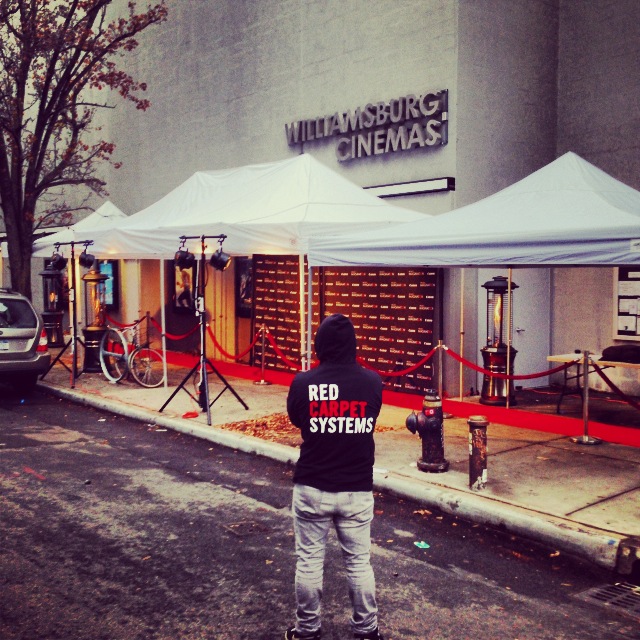Firstly and foremost, correct installation is vital for the performance of LED display screens. The setup should be done by qualified professionals who comprehend the technical needs of the equipment. This entails making sure that the video wall is safely installed and that all connections are correctly made. Additionally, the location of the display screen should be carefully selected to avoid harsh sunlight, which can cause glare and impact sight. A well-planned installation will help avoid technical problems and ensure that the display wall functions smoothly throughout the performance.
Another crucial strategy is to conduct comprehensive testing before the performance starts. This involves operating the video screen through multiple situations to verify for any possible issues. Specialists should test the luminosity, color precision, and resolution of the screen. It is also essential to verify the audio-visual alignment, especially for events that feature film presentation. By spotting and resolving any issues in prior, event organizers can prevent disruptions during the real-time performance and guarantee a seamless experience for the spectators.

In addition to installation and checks, having a backup plan is vital for the effectiveness of Light Emitting Diode video screens. Technical malfunctions can happen unexpectedly, so it is important to be prepared. Event planners should have backup gear on hand, such as spare Light Emitting Diode panels and wires. Furthermore, having a qualified technician available during the performance can help quickly resolve any problems that may arise. This preventive approach can minimize interruptions and keep the event operating smoothly, ensuring that the spectators remains involved.
A further strategy to think about is the utilization of appropriate content for the LED display screen. The visuals shown should be high-quality and relevant to the performance. This means using graphics and footage that are specially designed for massive displays. Content should be tested to make sure it looks good on the display wall and is simple to read from a distance. Captivating visuals can enhance the total encounter and keep the audience's attention on the event.
Lastly, routine upkeep of the Light Emitting Diode display screen is crucial for sustained functionality. After each performance, specialists should examine the gear for any indications of damage or degradation. Wiping the screens and checking connections can help prevent future issues. Additionally, keeping software and firmware up to date LED screens for sports events and arenas ensures that the video wall operates efficiently. By prioritizing maintenance, event planners can prolong the duration of their Light Emitting Diode display screens and guarantee they are always ready for the next live event.
In conclusion, ensuring best functionality of Light Emitting Diode display screens during real-time events requires careful planning and execution. By focusing on correct setup, comprehensive checks, having a contingency plan, using appropriate content, and regular upkeep, performance planners can produce a effective and engaging experience for their audience. These strategies not only enhance the visual impact of the event but also contribute to its overall effectiveness.